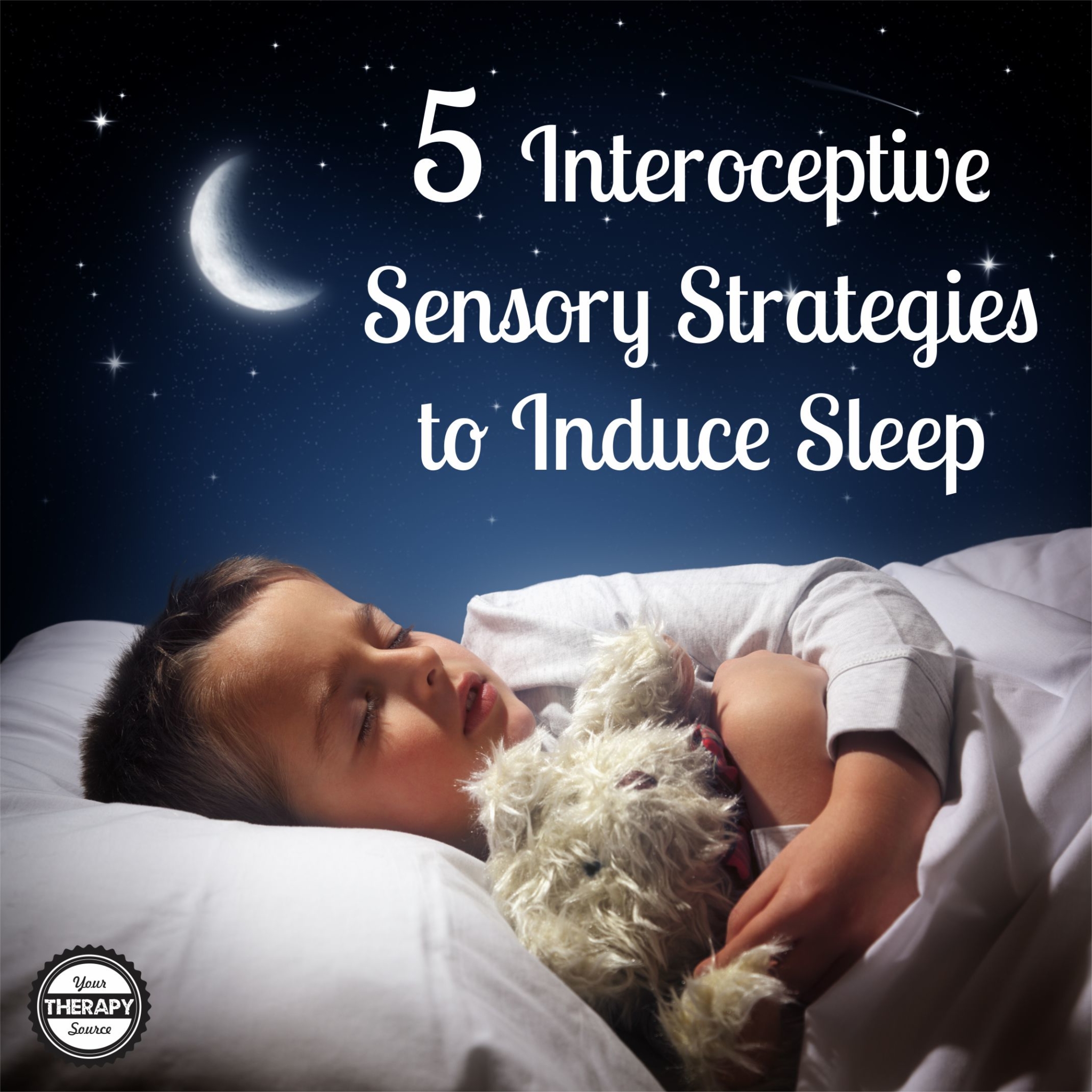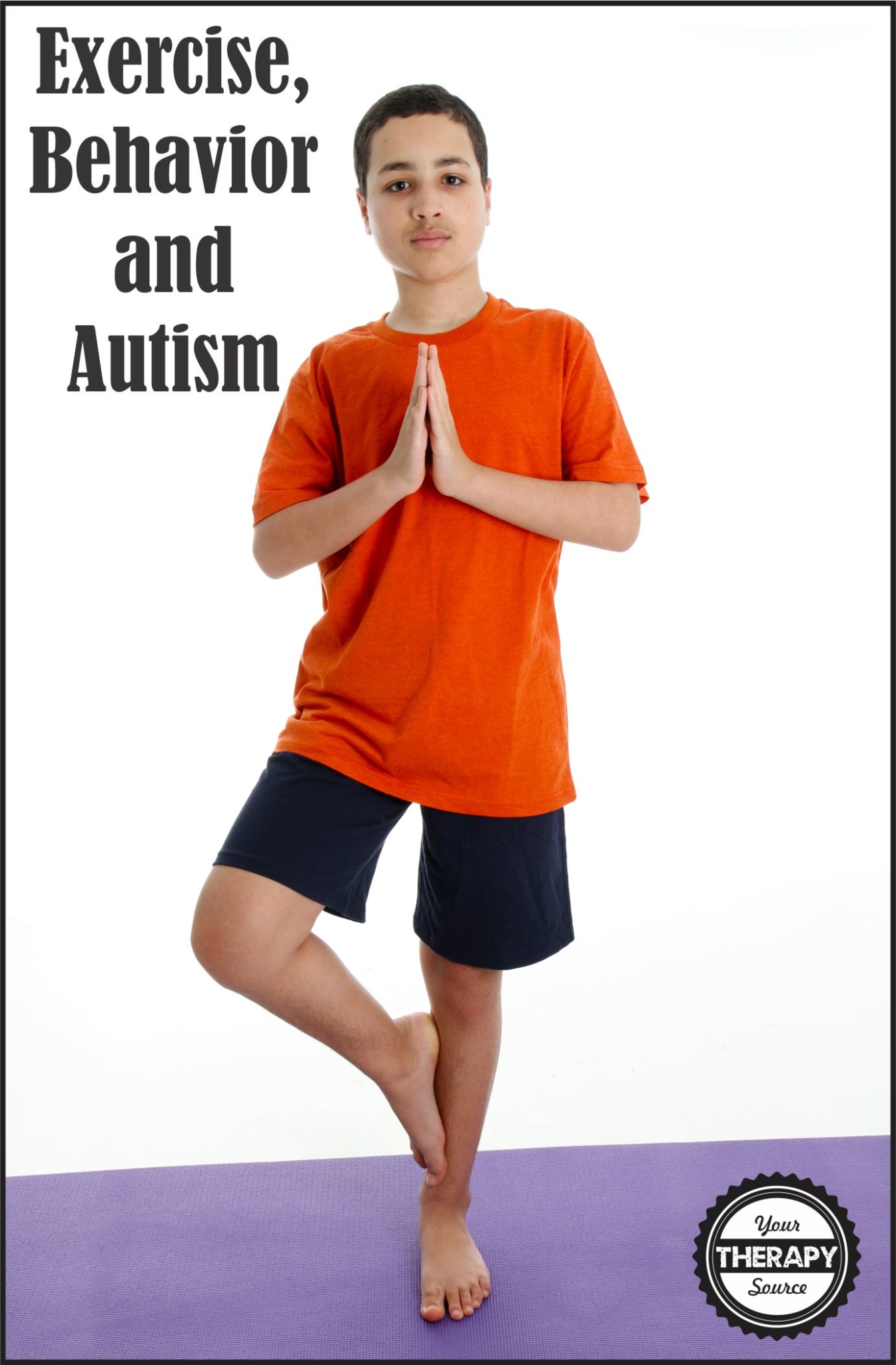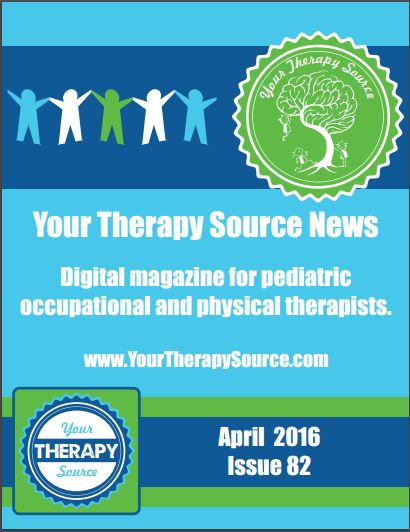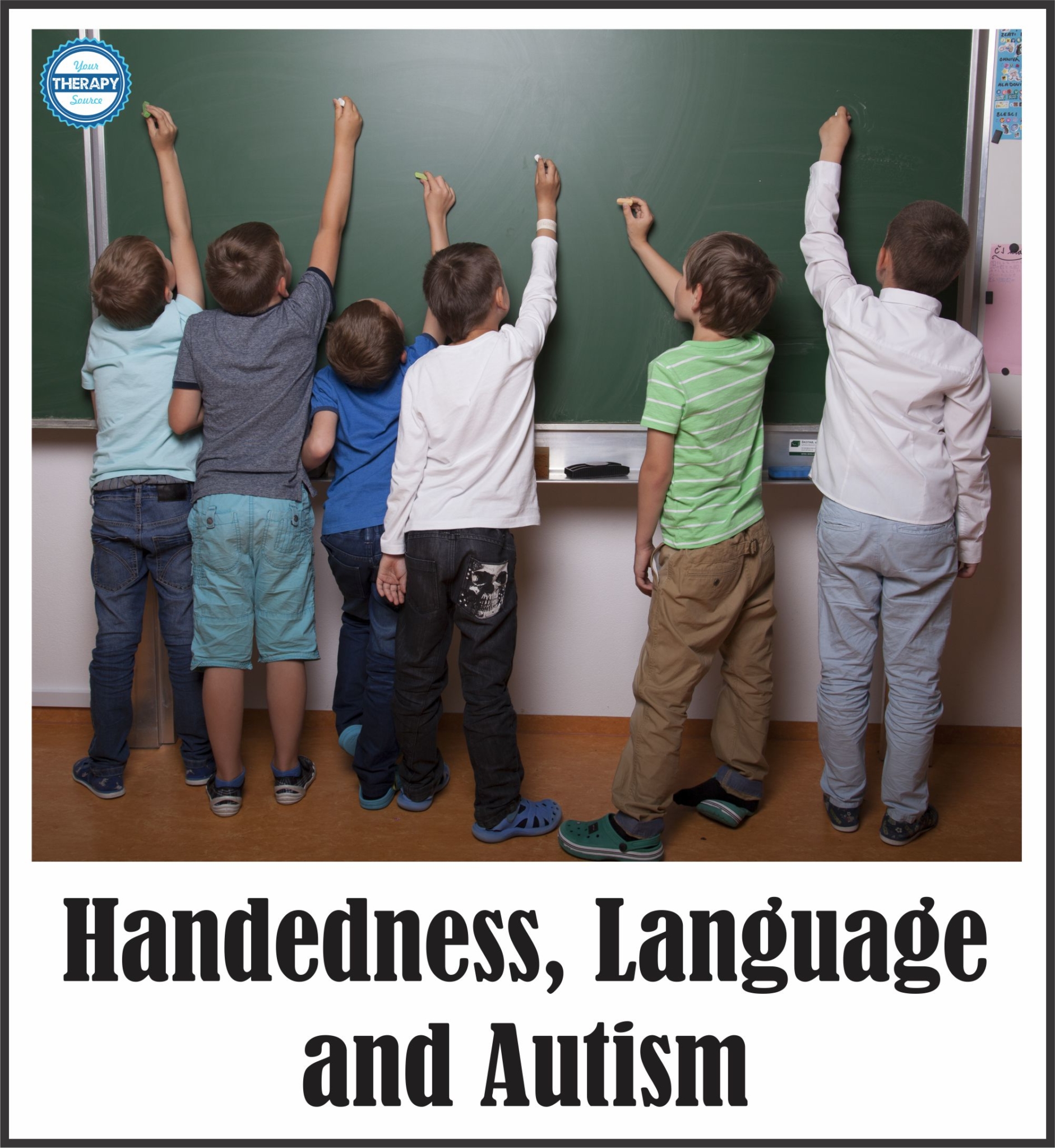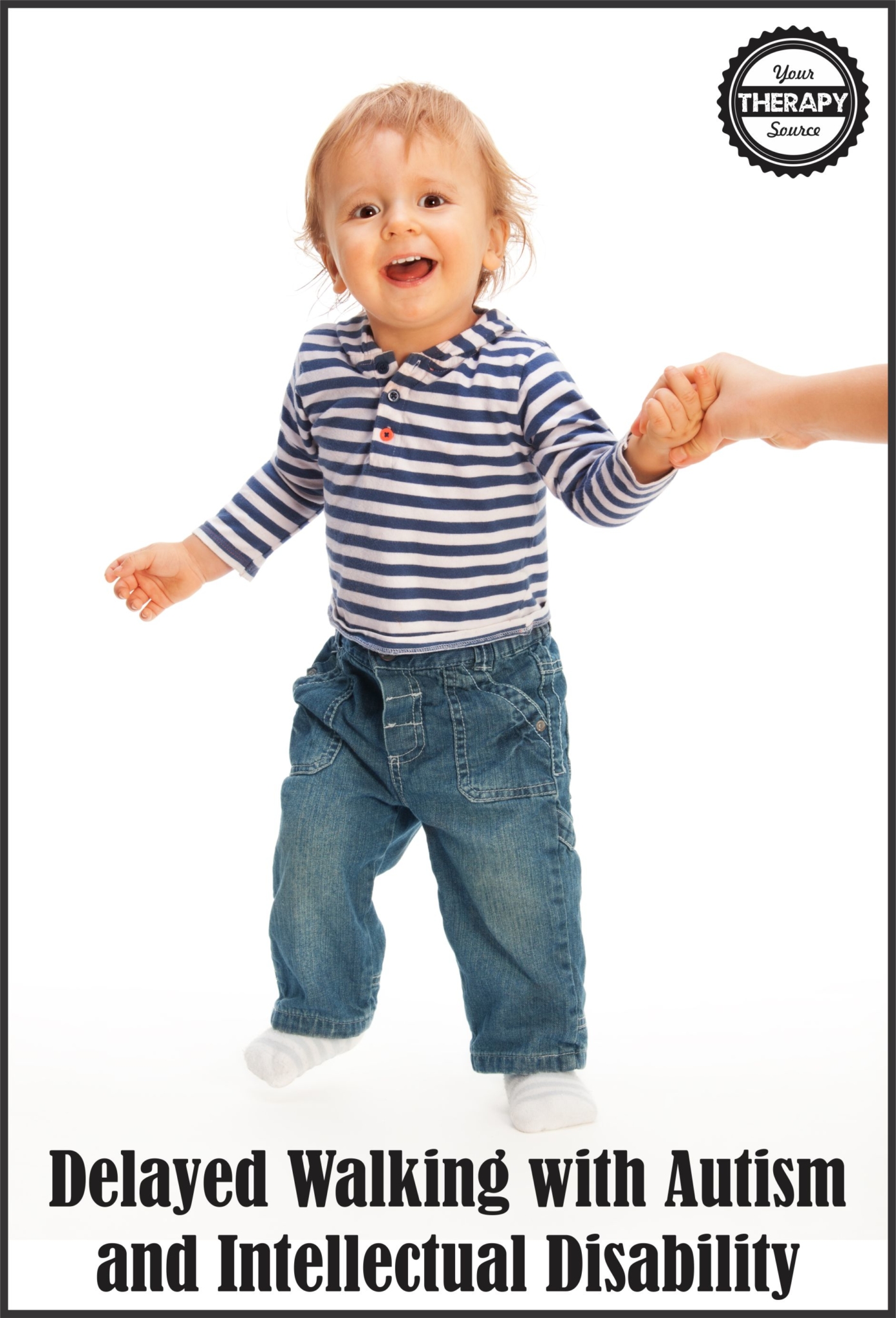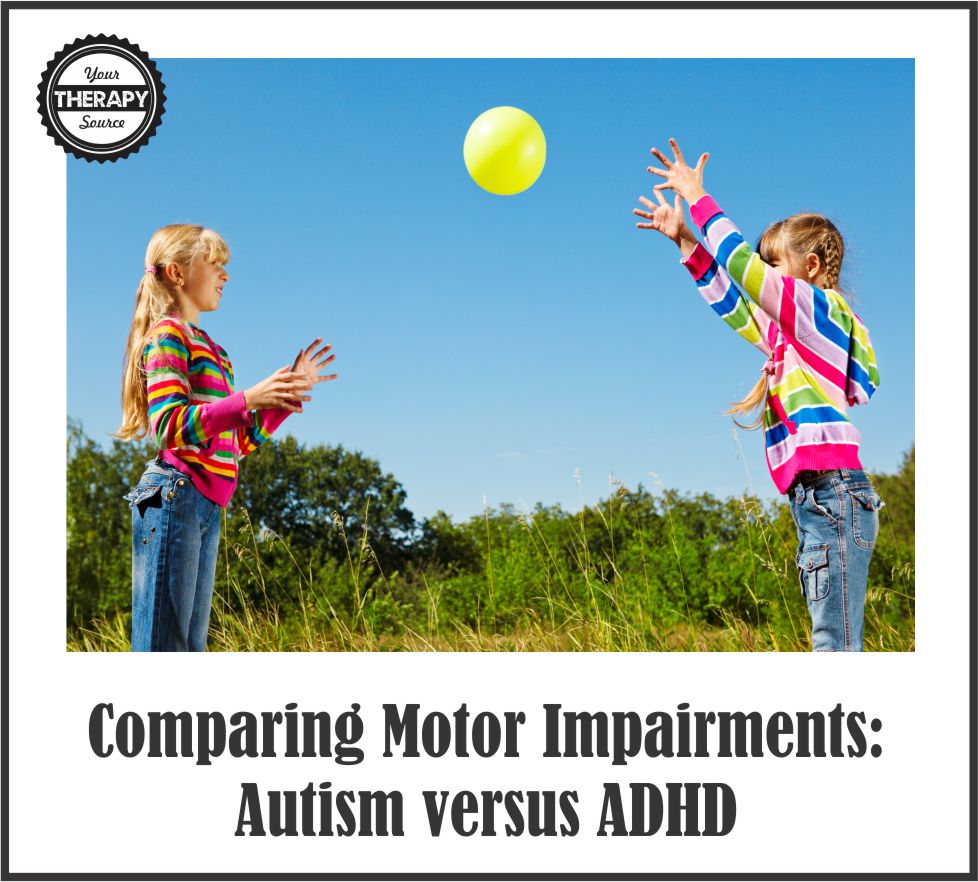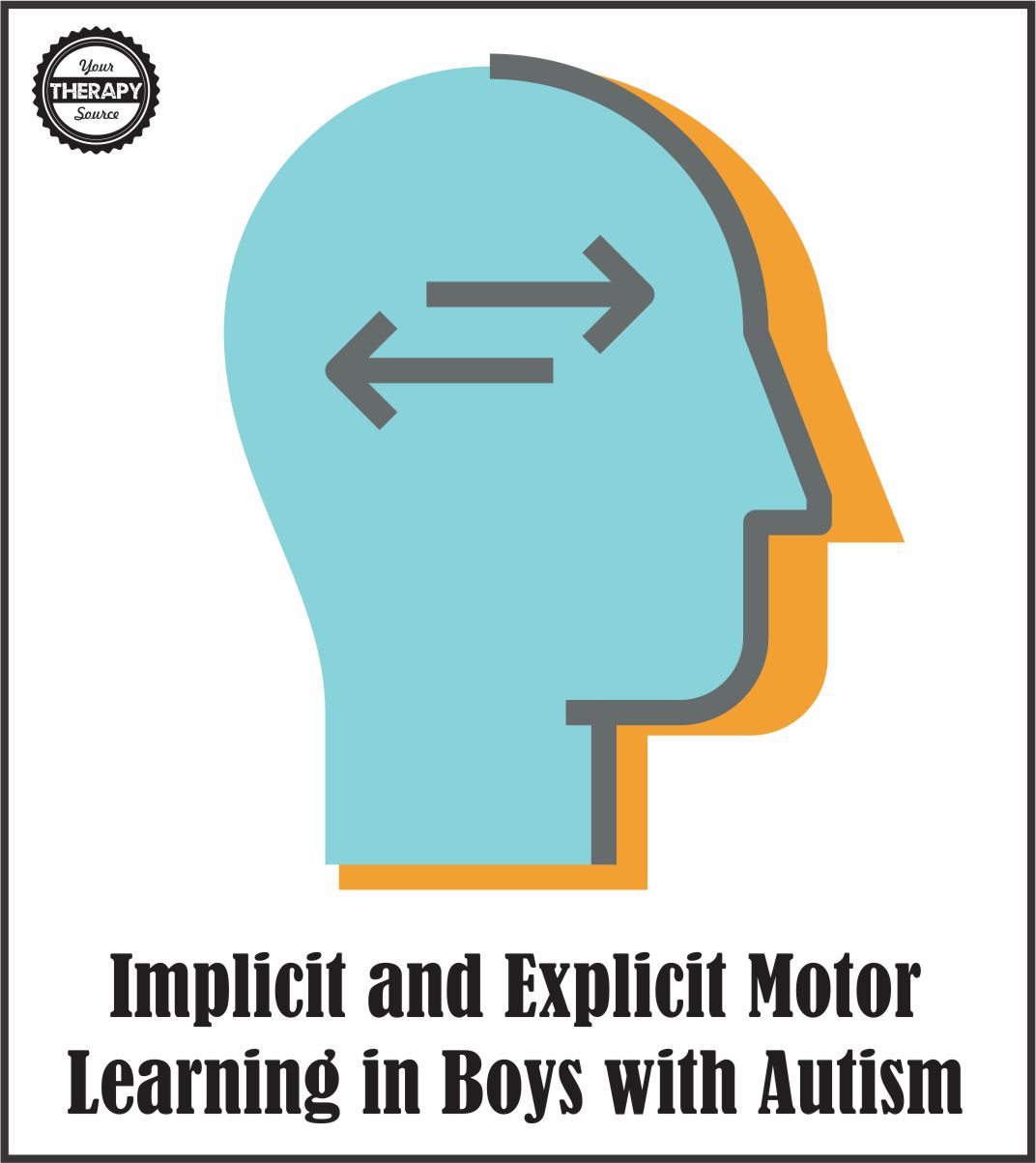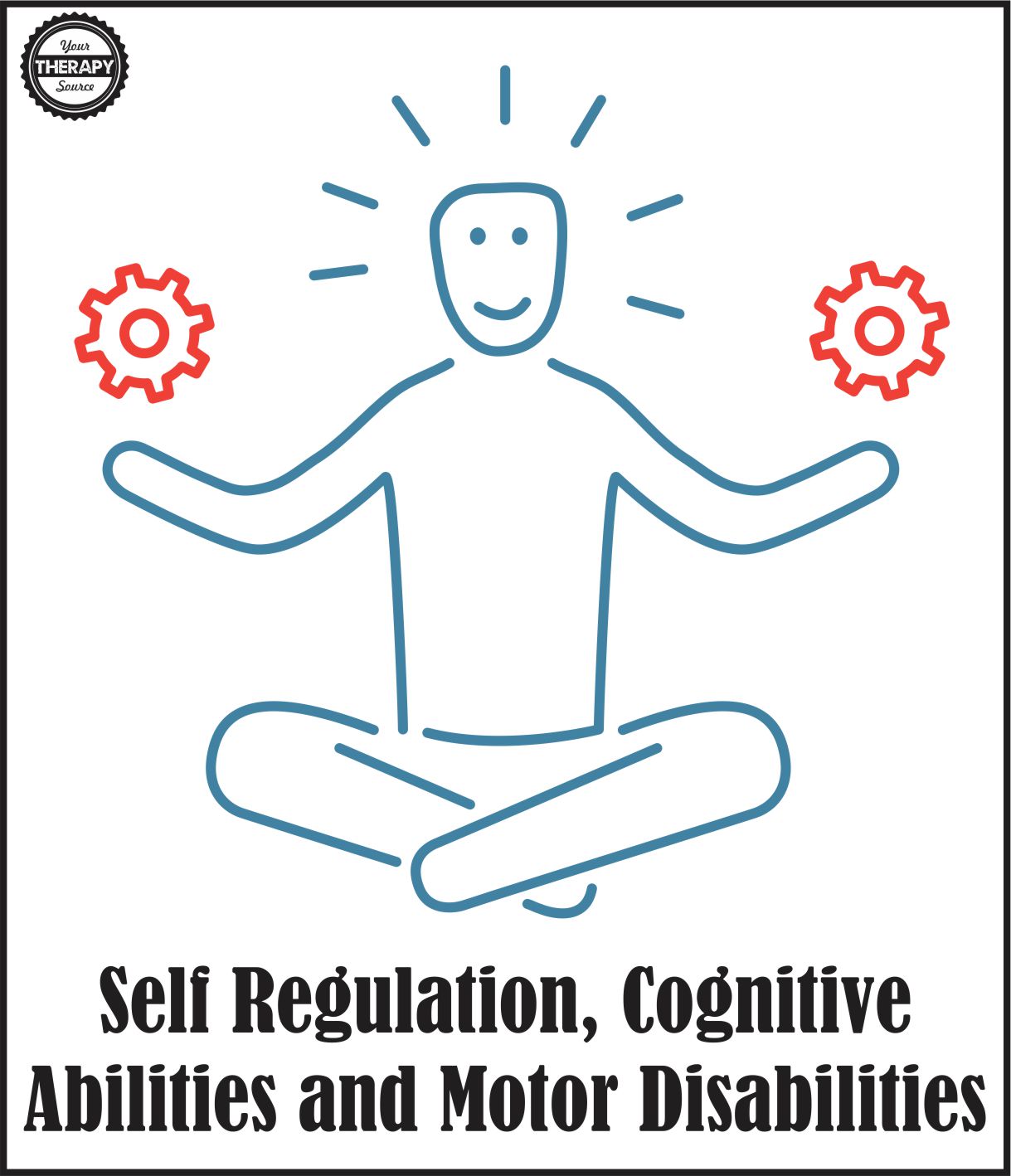Video Prompts to Teach Daily Living Skills
Focus on Autism and Other Disabilities published a small, preliminary study on using video prompting with different fading procedures to teach daily living skills to two students with developmental disabilities. Video prompting shows a short video clip of one step of a task, then the participant completes that step before showing the video of the next step. […]


